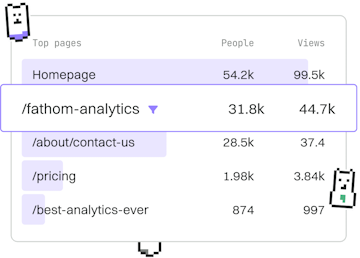Functions
JS Function Invocation
Invoking JavaScript Functions
JavaScript function invocation uses call, apply, and bind for context.
Understanding Function Invocation
In JavaScript, function invocation is a crucial concept that determines the value of this within a function. Proper invocation methods ensure that functions are executed in the desired context, which is particularly important in object-oriented programming. In this post, we will explore three primary methods of function invocation: call, apply, and bind.
Direct Invocation
The simplest form of function invocation is direct invocation. When a function is called directly, this usually refers to the global object in non-strict mode or undefined in strict mode.
Using the call Method
The call method allows you to invoke a function with a specific this value and arguments provided individually.
Using the apply Method
The apply method is similar to call, but it takes arguments as an array or an array-like object. This is useful when you have an array of data you want to pass as function parameters.
Using the bind Method
The bind method creates a new function with a bound this value and optional initial arguments. Unlike call and apply, it doesn't invoke the function immediately but returns a new function that can be called later.
Conclusion
Understanding function invocation in JavaScript is key to controlling the context in which functions operate. The call, apply, and bind methods provide flexibility in setting the this value, allowing you to design more modular and reusable code. In the next post, we will explore Function Closures, which offer a way to encapsulate data and behavior in JavaScript.
Functions
- Function Parameters
- Function Invocation
- Function Closures
- Class Static
- Previous
- Function Parameters
- Next
- Function Closures
